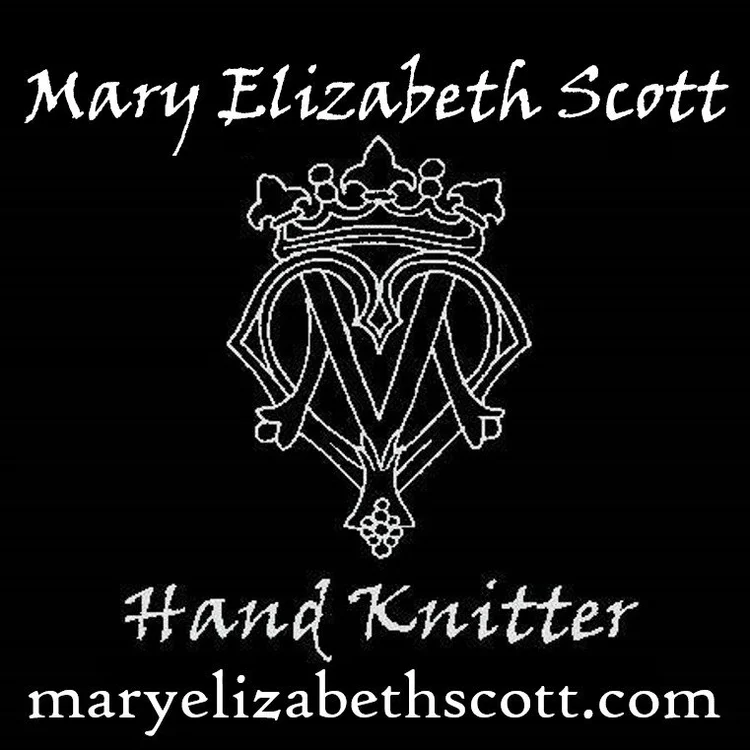Making Knitting
Yesterday I took a short break from my Kingscot obsession project. I kind of had to because I was beginning to experience signs of muscle strain. I don't worry about injury as much as I should, but I do consider the consequences of an unreliable grip. Even I will take a break if it looks like I'm in danger of dropping my wine glass.
Fortunately, I have a brilliant new distraction. The Yarn Gods have been magnanimous of late, bestowing me with a bounty of things to play with, courtesy of a secret, but extremely well-loved, maker of string.
But why should I have all the fun alone? Just because I'm not at liberty to reveal the source of the yarn doesn't mean we can't do show and tell. Since I am frequently asked how I really work, today I'll share some of the process with you.
As is often the case, this design begins with a very special yarn. It's totally out of my usual gauge range, and a color guaranteed to make a grown knitter cry. And something about it just grabbed me by the throat shrieking "Make Me Now". Yarn never has to ask me twice.
Because this yarn's guage is so different to what I usually do, I uncharacteristically started from Square One. I actually cracked a book. And then I decided to Swatch. (What madness is this?) I elected to translate a cable from a stitch dictionary to a chart, since that is how I like to work best. I do a better job of translation if I do it before I have memorized the pattern by actually knitting it. Guess I take things less for granted at that stage. I find this part of the process completely mind-numbing. If there is ever a point in the work where I ask myself whose Big Fat Idea this was, it's at this juncture. I trudged through by promising myself that I would get to touch the yarn as soon as the chart was done. You know, Carrot, Stick, whatever it takes.
After the chart was done, I worked some plain old stockinette; so clueless was I as to what size needles would make what kind of fabric. It felt like working rope with broomsticks. Totally foreign, but not at all unpleasant. Once I sized up the needles enough times to stop making chain mail, I took the new chart out for a spin:
I often know exactly what qualities I'm looking for in cables, so I choose really carefully, and I usually don't have to try many out before picking the winner. Such was the case here: This baby was a perfect match for the yarn. Kinda modern, no? I love how it works with the painting on the yarn, rather than competing with it. If I had to analyze it, I'd say it's something to do with the open spaces between the cable ropes. Fortunately, they don't pay me for my analytical skills. I just know if I like something or if I don't. That's the Big Magic: Preference and Perseverance.
I knew before I started what silhouette this yarn wanted to be made into, so once I had the cable chosen, I sat down to draw the sketch before it all got away from me. This part of the work always feels like flailing around with a butterfly net: The idea is right there, if I can just sneak up on it and capture it before I lose my chance. Sometimes I snack during this part. A Lot. That cracker box is nothing but an empty husk, my friends. Okay, I just realized you can see the empty wine glass in this picture, too. Just testing my grip. Honest.
After the garment shape is roughed in, I dash down a few technical notes for myself. These can be anything from notes on shaping to words that are in my head as I'm dreaming it up. This fast and dangerous sketch is my road map for when it's time to knit. There will be "real" drawings later - schematics that a person could really use to make a sweater with. But those won't be possible for me to draw until after the knitting has been done. And/or done wrong. Just depends on the day.
I left it at that; happy with my pretty swatch pinned out to dry on an upholstered chair, chart drawn, working sketch made. The next step will be to combine the elements into a proposal for the yarn company. I'll use them all to present my vision of what the design will be, in a kind of collage that outlines the key elements. After that, I take a deep breath and show the yarn makers, hoping that they like the idea enough to move ahead. This part is emotionally tough, because many projects die right there on the vine if they aren't what's wanted. Or if I haven't presented them in a way that lets people outside of my head understand what I'm going for. Always wonder about that: What if I had drawn a better picture? Used more/less/better technology/pencils/hand puppets?
But of course, that way lies Madness. We can only do what we can only do. I try to remember that while finished results are a big payoff, the journey of getting there is important and fulfilling, too. In fact, I can't believe that I got to spend my day doing this. Love. My. Job.



